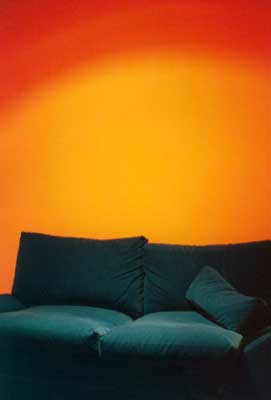Color Rendering
Color rendering refers to the appearance given to an object by the light source. This is important as in interior environments much of the light is reflected back off the surrounding objects and surfaces. In an interior environment these objects and surfaces don’t have a true color, because it is artificial light, therefore knowing the light sources true color-rendering capability is important.
The international commission on illumination (CIE) has developed a color-rendering index (CRI) by averaging spectral light source from 0-100.
The higher the number, the truer the color rendition at its color temperature. When comparing lamps, to give a fair comparison, the color temperature must be the same.
Light consists of two main elements:
Color and Intensity
Color is the part of the spectrum being used. The spectrum is the range of colors from red having the longest wavelength to violet with the shortest wavelength that is produced when a beam of light is passed through a prism. For more information on color spectrum
Intensity is the amount of light being used. Certain types of light make an item look real or natural and others don’t. Generally as rule of thumb, daylight, incandescent electric light, candlelight and gaslight all give good color rendition, while discharge lamps and fluorescent do not. However some fluorescent lamps have been particularly designed to give a natural light such as the color 80 range and discharge lamps can also give a natural light but the economy and efficiency of the light is reduced.
Written by Chris Brown

